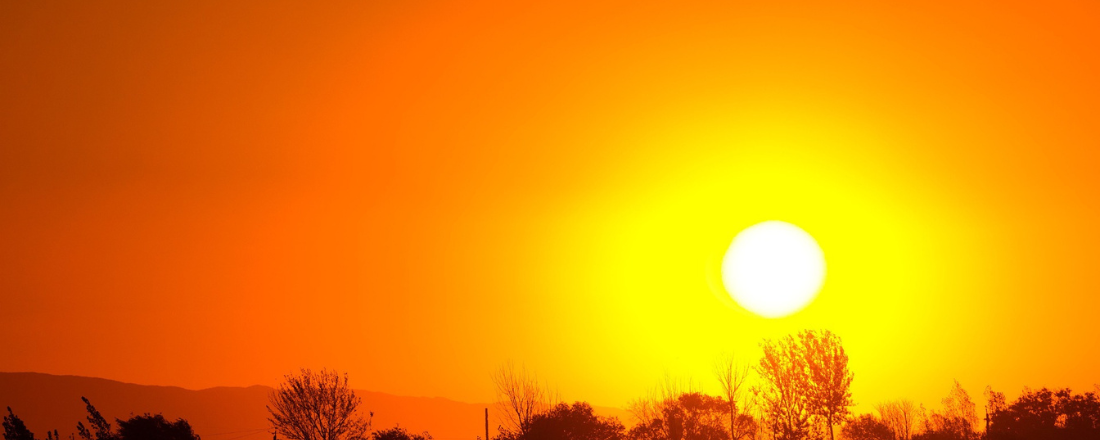
In the News
Rising Temperatures, Substance Use and Homelessness Contributing to Increased Heat-Related Illness and Deaths
- Los Angeles Times
-
Focus Areas
Environmental Health -
Issues
Wildfires & Extreme Heat -
Expertise
Research – Surveillance -
Programs
Tracking California

“Heat-related illness and deaths in California and the U.S. are on the rise along with temperatures, and an increase in drug use and homelessness is a significant part of the problem, according to public health officials and data from the Centers for Disease Control and Prevention.
Heat was the underlying or contributing cause of about 1,670 deaths nationwide in 2022, for a rate of about 5 deaths per million residents, according to provisional data from the CDC. That’s the highest heat-related death rate in at least two decades. Data from this year, which has been exceptionally hot in much of the country, is not yet available. The next-highest death rate was logged in 2021.
Heat-related illness ranges from heat exhaustion, which causes heavy sweating and a rapid pulse, to heat stroke, which causes confusion, loss of consciousness, high fever, and in many of the severest cases even death. Heat-related illness can occur alongside and exacerbate other health conditions.
The simplest explanation for the increase is that it is getting hotter. The last eight years were the hottest on record, according to NASA figures dating to the late 1800s.
But factors other than climate change also play a role.
Substance abuse, especially misuse of methamphetamines, has emerged as a major factor in heat-related illness. Methamphetamines can cause body temperature to increase to dangerous levels, and the combination of meth abuse, heat, and homelessness can be fatal.
About 140 death certificates in California listed both heat-related illness and drug overdose as causes from 2018 through 2022, according to CDC data. That’s about 25% of all deaths in which heat-related illness was an underlying or contributing factor.
Homelessness has risen in the past few years, including in several hot Western states like California, and unsheltered homeless people are particularly vulnerable during heat waves. The homeless represented about 13% of California hospitalizations involving a primary diagnosis of heat-related illness from 2017 through 2021, state data shows. California’s 172,000 unhoused residents make up fewer than half a percent of the state’s population, federal data shows.
“With any environmental crisis, people experiencing homelessness experience it first, they experience it worst, and they experience it longest,” said Katie League, behavioral health manager for the National Health Care for the Homeless Council.
The elderly are also particularly vulnerable to heat-related illness. Their bodies often don’t adjust as well as younger people’s to temperature change, and they often have chronic health conditions exacerbated by heat. The numbers of elderly residents in California and across America have risen sharply as baby boomers have aged.
The climate trends are worrying. Heat waves are starting earlier and lasting longer, said the Public Health Institute’s Paul English, director of Tracking California, which makes environmental health data accessible.
He pointed to the recent heat wave in Phoenix, which saw a record 31 consecutive days with temperatures of at least 110 degrees. “This just means no break for the human body to recuperate,” he said. Heat-related illness had led to about 2,810 emergency room visits in Arizona this year as of July 29, up more than 25% from the same point in 2022, state data shows.
And the numbers tell only part of the story: Heat-related illness is often underdiagnosed. A 2021 Los Angeles Times investigation found that the true number of excess deaths and hospitalizations during a heat wave is often much higher than the official count.
“This is an underestimate of what’s happening,” English said.
Advocates and experts called for more cooling centers, more affordable housing, and better workplace safety rules to help get vulnerable populations out of the rising heat.
A recent scientific study found the human body does not function optimally when outside temperatures rise to 104 degrees or higher. Temperatures that high often cause the body to burn more calories while simultaneously raising heart rates.”

The problem, is we’re reaching the human limit of adapting to temperature.Paul English, PhD, MPH
Director, Tracking California, Public Health Institute
To read the full article, click on the link below. Registration or a subscription might be required to access this full article. This story also ran in California Healthline, CapRadio, OurWeekly Los Angeles, The Times and Democrat, The Citizen and the Lake County Record-Bee.
Originally published by Los Angeles Times
More Updates
Work With Us
You change the world. We do the rest. Explore fiscal sponsorship at PHI.
Support Us
Together, we can accelerate our response to public health’s most critical issues.
Find Employment
Begin your career at the Public Health Institute.



